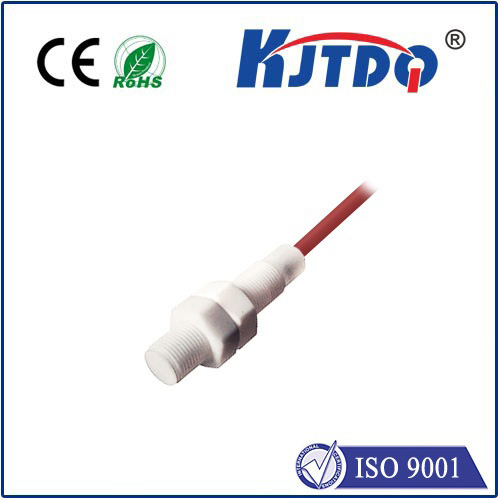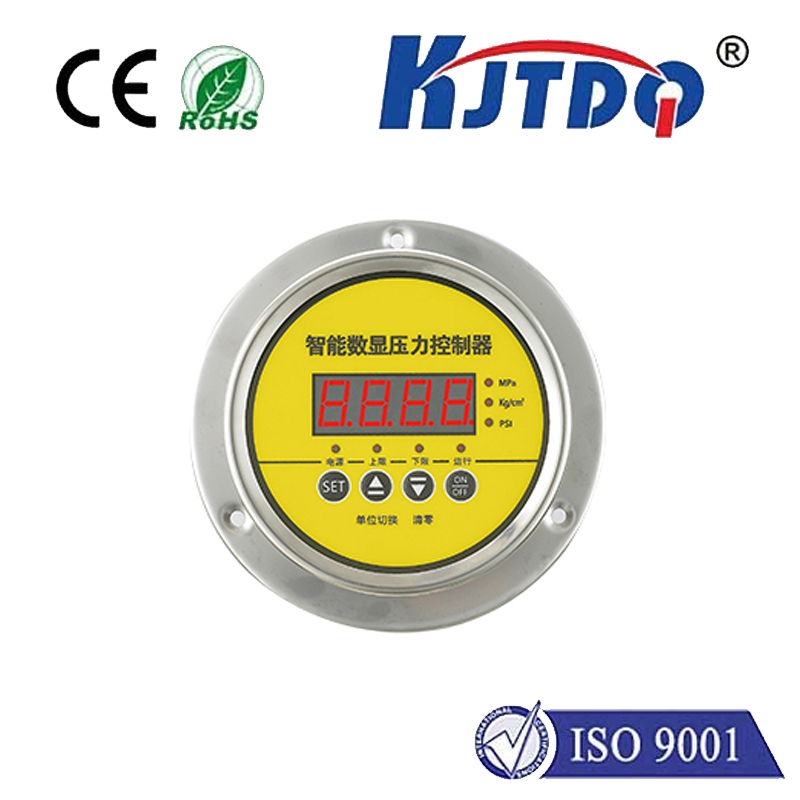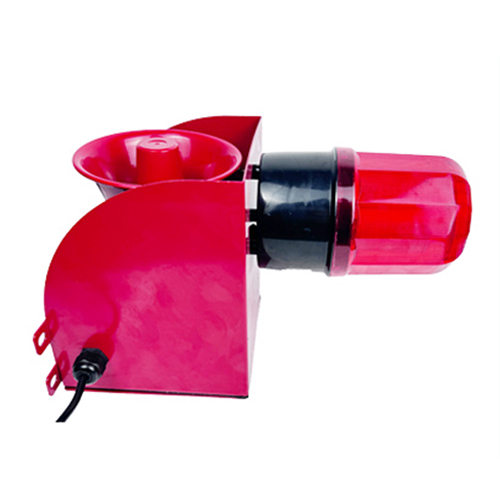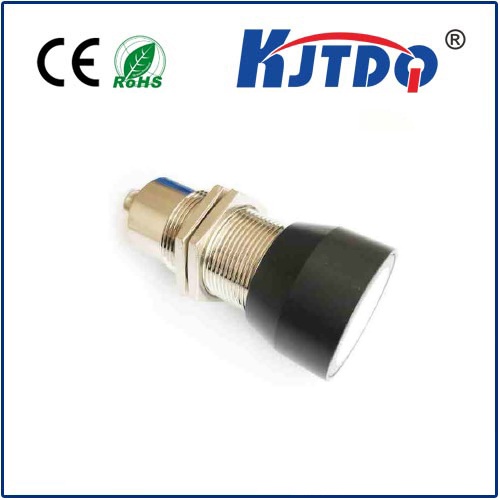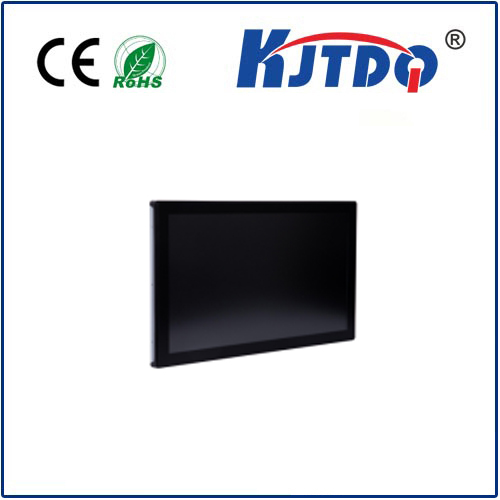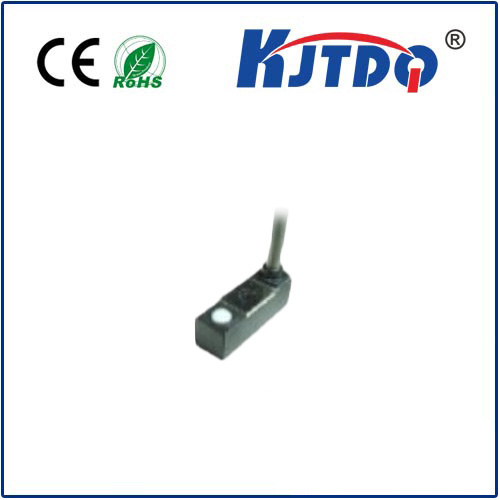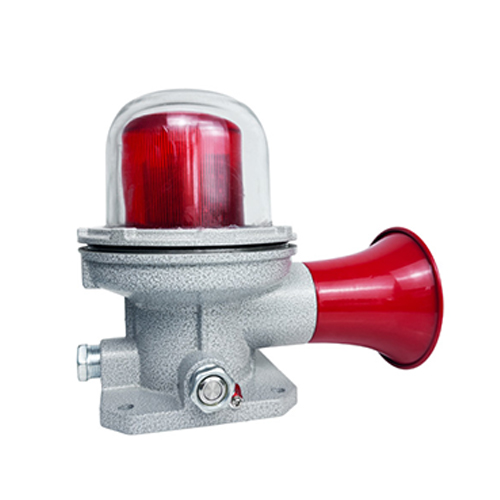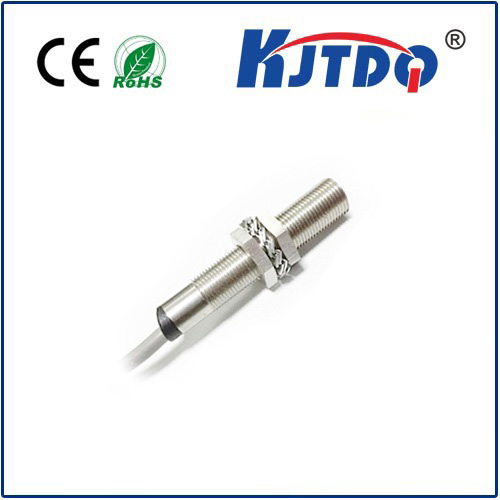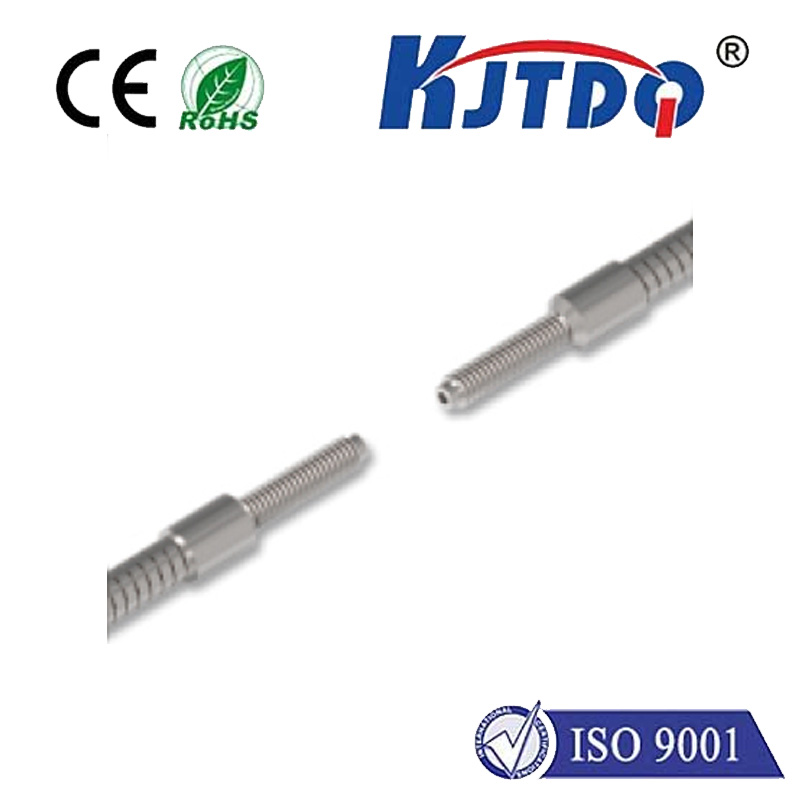laser obstacle sensor
- time:2025-08-28 01:19:34
- Click:0
Laser Obstacle Sensors: Precision Detection Powering Modern Automation
Imagine a self-driving vehicle navigating a bustling city street, a warehouse robot zipping between shelves, or a high-security perimeter silently guarding valuable assets. What invisible sentinel ensures they avoid collisions, operate smoothly, and maintain safety? Increasingly, the answer lies in the remarkable precision of laser obstacle sensors. These sophisticated devices harness concentrated light to create an unseen shield of awareness, becoming indispensable tools across countless industries.
Beyond Sci-Fi: How Laser Obstacle Sensors Actually Work
At their core, laser obstacle sensors operate on elegantly simple principles, utilizing the unique properties of laser light: coherence, monochromaticity, and directionality. Unlike diffuse light sources, a laser beam travels in an extremely focused, narrow path with minimal divergence. This beam acts like an ultra-precise ruler or probe.
The dominant technology for obstacle detection is Time-of-Flight (ToF). Here’s the process:
- Emission: A laser diode emits a short, intense pulse of infrared (typically) or visible light towards the target area.
- Reflection: If an object intersects the beam path, it reflects a portion of this light back towards the sensor.
- Detection & Timing: A highly sensitive photodetector within the sensor captures the reflected pulse.
- Calculation: The sensor’s internal processor precisely measures the time difference (
Δt) between emitting the pulse and receiving the reflection. Since the speed of light (c) is a constant (~3x10^8 m/s), the distance (d) to the object is calculated using the formula: d = (c * Δt) / 2. The division by two accounts for the light traveling to the object and back.
Some sensors may use triangulation principles or phase-shift measurement of modulated laser light, but ToF remains widely prevalent for its balance of range, speed, and accuracy in obstacle detection scenarios.

Why Choose Laser? Key Advantages Over Alternatives
Laser obstacle sensors offer a compelling set of benefits compared to ultrasonic, infrared (diffuse), or mechanical solutions:
- Unmatched Precision and Resolution: Lasers provide extremely accurate distance measurements, often down to millimeter-level resolution, crucial for applications demanding high positioning accuracy or detecting very small obstacles.
- Long Range Capabilities: Capable of detecting objects reliably over significantly longer distances (from centimeters up to hundreds of meters) than many alternatives, making them ideal for large-scale environments like warehouses, construction sites, or outdoor security.
- Small Target Detection: The focused beam allows them to detect very small objects – like thin wires, small tools, or even minute surface variations – that might be missed by sensors with broader detection fields.
- Immunity to Environmental Noise: Unlike ultrasonic sensors affected by acoustic noise or air currents, lasers are largely immune to ambient sound, wind, or temperature fluctuations. They also perform well in dark environments where vision systems struggle.
- Fast Response Time: Laser detection and processing happen at the speed of light, enabling rapid response times essential for high-speed automation, robotics, and safety systems where split-second reactions are critical.
- Directional Specificity: The narrow beam provides high spatial selectivity. It can detect objects precisely within its beam path without being easily triggered by objects slightly off-axis, reducing false positives.
Where Laser Obstacle Sensors Shine: Key Applications
The unique advantages of laser obstacle sensors make them the go-to solution in diverse fields:
- Industrial Automation & Robotics:
- Collision Avoidance: Safeguarding robotic arms, AGVs (Automated Guided Vehicles), and AMRs (Autonomous Mobile Robots) from impacting machinery, structures, or personnel. Critical for collaborative robot (cobot) safety.
- Position Feedback & Control: Ensuring precise positioning in assembly lines, material handling, and packaging machinery.
- Object Presence Detection: Verifying the presence, absence, or precise location of parts, pallets, or products on conveyors or workstations.
- Material Handling & Logistics:
- AGV/AMR Navigation & Safety: Enabling autonomous vehicles to navigate warehouse aisles, detect pallets, docks, and avoid obstacles dynamically.
- Pallet Detection & Dimensioning: Accurately identifying pallets in storage racks or measuring their dimensions for space optimization.
- Conveyor Belt Monitoring: Detecting jams, skewed products, or foreign objects on high-speed lines.
- Security & Perimeter Protection:
- Intrusion Detection: Creating invisible laser fences or grids around sensitive areas. Breaking the beam triggers an immediate alarm.
- Access Control: Monitoring doorways, gates, or restricted zones for unauthorized entry attempts.
- Construction & Heavy Machinery:
- Vehicle & Crane Safety: Preventing collisions on construction sites, especially in blind spots. Ensuring crane hooks maintain safe distances.
- Leveling & Profiling: Assisting in accurate ground leveling or surface profiling tasks.
- Transportation:
- Drone Obstacle Avoidance: Essential for autonomous drones navigating complex airspace and avoiding trees, buildings, or other drones.
- Advanced Driver Assistance Systems (ADAS): Contributing to adaptive cruise control, collision warning, and braking systems in vehicles (often LiDAR-based).
Selecting the Right Laser Obstacle Sensor: Key Considerations
Choosing the optimal sensor requires matching its specifications to the application’s needs:
- Required Detection Range: From close proximity to long distances.
- Accuracy & Resolution: How precise does the measurement need to be?
- Beam Shape & Size: Point beam, line laser, or even a scanned pattern? Determines detection area specificity.
- Response Time: How fast must the sensor react?
- Environmental Conditions: Operating temperature, humidity, potential exposure to dust, moisture, or vibration. Look for appropriate IP ratings.
- Output Interface: Discrete on/off signals (PNP/NPN), analog voltage/current (4-20mA, 0-10V), or digital communication (IO-Link, RS232, Ethernet/IP, Profinet)?
- Power Supply Voltage: Compatibility with existing systems (e.g., 12-24V DC).
- Mounting & Size: Physical constraints in the installation space.
The Future is Bright: Evolving Capabilities
Laser obstacle sensing technology continues to advance. We’re seeing:
- Increased Miniaturization: Smaller sensors enabling integration into ever more compact devices like micro-drones or wearable tech.
- Enhanced Integration: Sensors with built-in intelligence and connectivity (IO-Link, Ethernet) for easier setup, remote diagnostics, and data integration into IIoT (Industrial Internet of Things) platforms.
- Multi-Beam & Scanning Solutions: Devices capable of projecting multiple beams or scanning a laser line/fan to cover wider areas or create detailed profiles.
- Improved Robustness & Cost-Effectiveness: Wider adoption driven by advancements making lasers more durable and affordable for diverse applications.
From the intricate movements of a surgical robot to the seamless operation of a massive automated warehouse, laser obstacle sensors provide the essential, reliable, and precise detection layer that modern automation demands. Their ability to “see” with light, offering unparalleled accuracy, range, and immunity to interference, ensures enhanced safety, efficiency, and intelligence across an ever-expanding horizon of technological applications. As these sensors evolve, their role as silent, vigilant guardians of functionality and safety will only become more pronounced.






